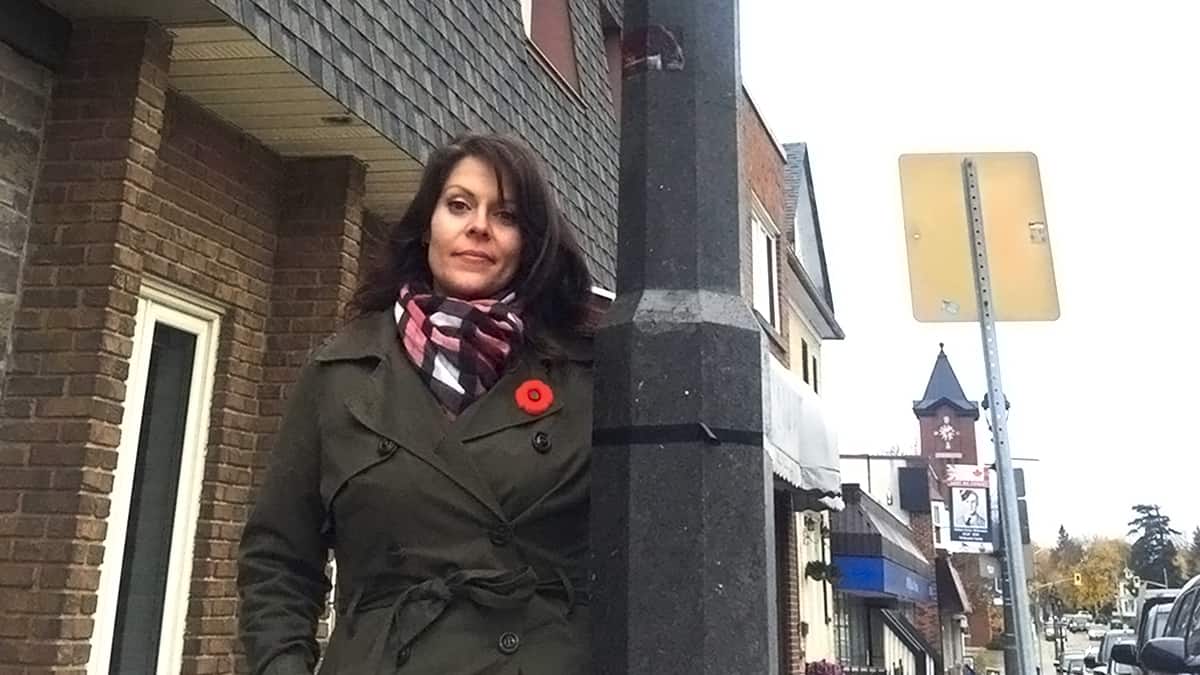With so many people working from home of late due to the COVID-19 pandemic, people with pets are in essence bringing them to work every day. For a more traditional view of pets in the workplace, local writer Nancy Silcox is following up on her 2018 book with ‘Workin’ Like a Dog; Doin’ Nuthin’ Like a Cat: Canadian Pets who go to the Office Part 2.’
“I interviewed people from coast to coast and talked about their pets – ducks, cats, budgies, and macaws, whatever – that are taken to the office. And, so, it was more than just profiling pets, it was looking at the psychology of why people bring their pets to work, and how that impacts the work,” said Silcox of the upcoming book.
“When I decided to do this one during COVID, I decided I wanted it bigger and I wanted a more diverse crowd of people,” said Silcox.
To that end, she set about interviewing people across the country about their pets, reaching those even in remote areas such as the Arctic Circle.
The new book features 70 pets, some of which are owned by celebrities such as entertainer Jann Arden and comedian Jonny Harris of Murdoch Mysteries fame. Most, however, are the companions to regular Canadians, including those in Breslau, St. Agatha and Elora.
Take, for instance, Julia Staines, a St. Agatha resident who brings her pets to work. Staines is a licensed falconer who can be found at times helping to dissuade gulls from congregating at the region’s landfill site in Waterloo. There, she puts to work her five hawks.
Silcox estimates that there are 1,000s of seagulls in the yard on Erb St.
“Constantly, they have men in front-end loaders shoving the garbage around, which of course is bringing up the new garbage for the gulls,” said Silcox of the situation at the Erb Street landfill site. “It’s a real problem – I mean, they poop all over the place. It’s bacteria. It’s messy. It’s horrible. So Julia was hired, I think about three years ago, and her company is called Freebird Falconry.”
In Salem, Silcox became familiar with Memphis, the class dog, through her granddaughter. She soon discovered, upon talking to the owner, that Memphis was a helpful learning incentive in the classroom and a great motivation booster.
For example, one student in the class was timid and wouldn’t talk with their other classmates but would read to Memphis daily until she mustered up the courage near the end of the year to verbally interact with other students.
There are countless such stories about the upside of taking one’s pet to work, and shining a light on the practice was Silcox’s motivation for the book.
“I want people, first of all, to perhaps think about the take your-pet-to-work philosophy. Something that you should know is that some of the people that I’ve interviewed are medical professionals. I want [people] to realize that there are a lot of places, including medical facilities, that have pets, and to consider that,” she said. “I also would love them to buy the book so they can support … the two charities, Therapeutic Paws and St. John Ambulance.
“And also, just to kind of rest their eyes on these beautiful, beautiful pets.”
Proceeds for the coming release will be split between the St. John Ambulance therapy dogs program, which has divisions in Waterloo and Guelph, and the Therapeutic Paws of Canada, a non-profit organization of volunteers providing animal resources for human needs through the likes of hospital visits.
“I don’t take any writer’s salary,” Silcox said, noting the money from the first pets-at-work book raised $6,000 for a not-for-profit Kali’s Wish in Calgary, which supports Canadians whose pets have cancer.
For more information or to order a book online, you can email canadapetbook@gmail.com.









